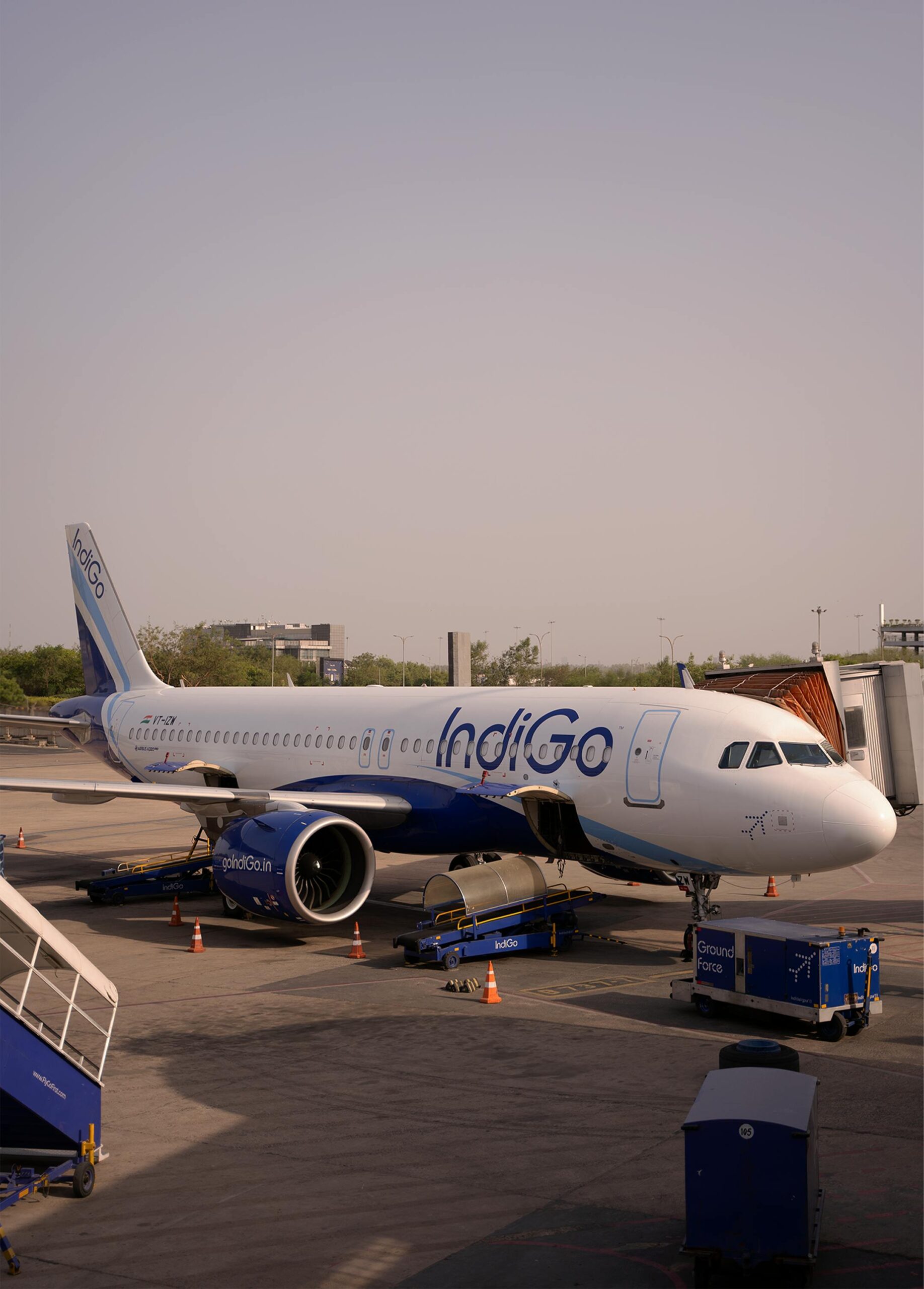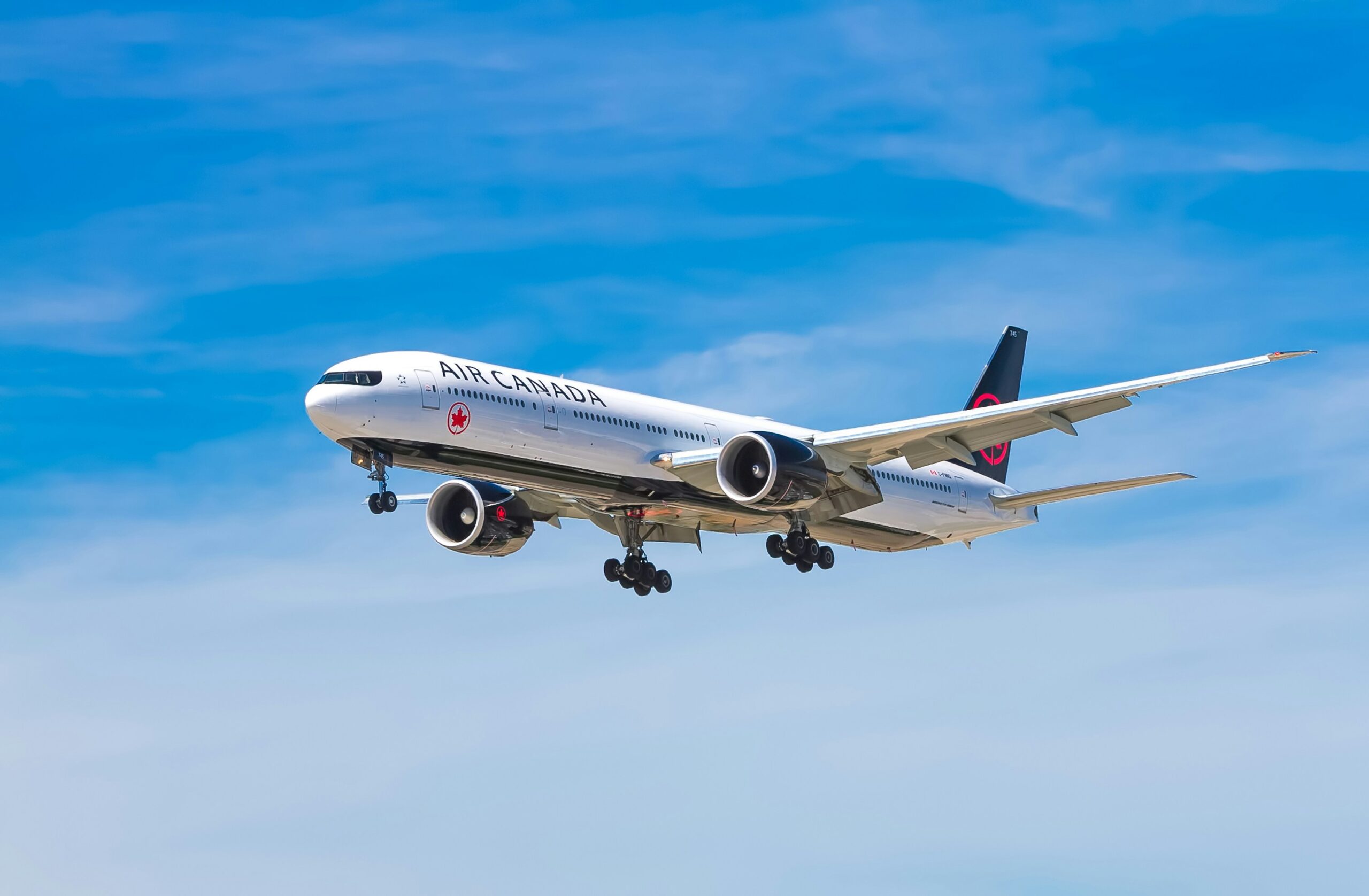If you’ve ever landed in a new city, wide awake at midnight and sluggish by noon, you know jet lag is no joke. While any long-haul journey can disrupt your rhythm, traveling from east to west presents its own tricky challenges. Luckily, these east to west jet lag tips are your personal roadmap to feeling energized and fully present—not groggy and confused—on the other side of the globe.
Whether you’re flying from Europe to the Americas or hopping from Asia to California, knowing how to reset your body clock quickly can make the difference between losing days to fatigue or diving headfirst into your adventures. These practical, science-backed tips will help your body adjust faster so you can make the most of your trip—and maybe even enjoy the journey itself a little more too!
Why East-to-West Jet Lag Is Tricky
Flying east to west might sound like a dream—you arrive earlier than you left! More hours to explore, right? But the reality is that this time shift tricks your body’s internal clock in a big way. Your mind might say it’s daytime when your body insists it’s long past bedtime. As a result, you might get super sleepy way too early and then find yourself wide-eyed and restless in the middle of the night.
According to studies on circadian rhythms (like those at the Sleep Foundation), your biological clock actually finds it slightly easier to “extend” a day than to shorten it. That’s why traveling west tends to be a little easier than flying east—but that doesn’t mean you’ll escape jet lag altogether. Expect your digestion, focus, and energy levels to feel a bit out of sync for a few days unless you actively help your body adapt.
- Common symptoms: Daytime sleepiness, sluggish digestion, foggy thinking, waking up too early or feeling drowsy too soon.
- Science tip: Your circadian rhythm prefers extending the day (flying west), but adjusting still requires smart strategies to speed things up.
East to West Jet Lag Tips: Before You Fly
1. Shift Your Schedule Gradually
One of the smartest east to west jet lag tips is to start prepping your body before you even step on the plane. A few days before departure, try going to bed and waking up an hour later each day. It sounds simple, but this gradual shift will signal your body to expect a longer day, easing your transition once you land.
If you’re flying across several time zones (say, London to Los Angeles), starting your schedule shift at least three days ahead can make a huge difference. Even if you can’t fully match your destination’s time, nudging your rhythm in the right direction means less shock when you arrive. Apps like Timeshifter offer personalized jet lag plans that can help you plan these shifts more precisely.
2. Plan a Morning Arrival
Whenever possible, book a flight that lands in the morning or early afternoon at your destination. Exposure to daylight is one of the strongest ways to reset your internal clock. Morning arrival means you’ll get several hours of natural light to help trick your body into thinking, “Yes, it’s time to be awake!”
According to research from the CDC, light exposure can either advance or delay your circadian clock depending on timing, so strategic sunlight can seriously speed up your adjustment. As tempting as it might be to curl up in your hotel room and nap immediately, staying active through the daylight hours is the real key to feeling human again.
3. Avoid Red-Eyes if You Can’t Sleep on Planes
Red-eye flights sound efficient—you “sleep” overnight and land ready to start the day, right? But here’s the catch: if you can’t actually sleep on planes (and many of us can’t!), you’ll arrive exhausted, not refreshed. If you’re not a great plane sleeper, one of the best east to west jet lag tips is to book a daytime flight instead.
Choosing a flight that departs in the morning and arrives before evening gives your body a natural, awake stretch of daylight to adjust. Plus, you’ll avoid the brutal crash that often follows a sleepless red-eye journey. It’s much easier to stay awake through a sunny afternoon than battle jet lag after pulling an accidental all-nighter.
4. Hydrate Well in Advance
Dehydration makes jet lag symptoms worse—dry cabin air, salty snacks, and altitude changes all take a toll on your system. Start hydrating the day before you fly by drinking plenty of water and eating water-rich foods like fruits and vegetables. Being well-hydrated helps your body regulate everything from digestion to temperature, both of which are crucial when adjusting to a new time zone.
During your flight, skip the sodas and alcohol (both dehydrating) and drink plenty of water instead. Bring an empty bottle through security and refill it before boarding. Apps like Waterllama can help remind you to drink enough if you’re prone to forgetting. Trust us—your body will thank you when you land feeling refreshed instead of wilted.
Your battle against jet lag doesn’t start when you land—it starts in the air. What you do during your flight can either make your adjustment easier or set you back a couple of groggy days. These east to west jet lag tips will help you use your flight time smartly and arrive feeling much more human.
5. Stay Awake if It’s Still Daylight at Your Destination
It might be nighttime on your plane, but if it’s still daytime at your destination, do your best to stay awake. Use a world clock app or check your destination’s local time before takeoff. Staying awake until the local “evening” hours will help your body start syncing to the new rhythm earlier.
Keep yourself entertained with movies, books, podcasts, or even chatting with your seatmate. Short 20-minute “power naps” are okay if you’re really struggling, but avoid long deep sleeps that might throw off your body clock even more. Apps like Timeshifter can also remind you when to nap, stay awake, or seek light exposure during your flight.
6. Avoid Alcohol and Caffeine
Sure, the free wine or coffee on your flight is tempting, but both alcohol and caffeine mess with your sleep quality and hydration levels. Alcohol may help you fall asleep, but it leads to fragmented, poor-quality rest—and caffeine can keep you wired exactly when you need to wind down later.
Instead, stick to herbal teas, water, or electrolyte drinks like Liquid I.V. to stay hydrated and refreshed. The more you help your body stay balanced during the flight, the less jet lag you’ll have to fight when you land.
7. Move Around Often
Sitting still for long periods on flights can make your muscles stiff, your circulation sluggish, and your fatigue worse. Make it a point to stretch your legs at least once every hour or two. Simple moves like ankle rolls, shoulder shrugs, and standing calf raises can make a huge difference.
Some travelers even use in-flight exercise videos (yes, those exist!) or follow simple airplane yoga routines. A little movement keeps your blood flowing, reduces swelling, and primes your body for adjusting to a new time zone. Plus, you’ll feel way less like a zombie when you finally deplane.
8. Adjust Your Watch
This one’s a tiny psychological trick, but it works wonders. As soon as you board your flight, set your watch or phone to your destination’s local time. Then mentally start living on that schedule: if it’s lunchtime there, have a meal; if it’s evening, begin winding down.
Aligning your activities—even if just mentally—helps your brain accept the time zone change faster. It’s one of the simplest but most effective east to west jet lag tips out there!
Landing at your destination is only half the battle. Now it’s time to lock in your new rhythm! These east to west jet lag tips will help you make smart moves on your first day and night, dramatically speeding up your adjustment to local time.

9. Expose Yourself to Natural Light
Natural sunlight is the ultimate circadian clock re-setter. After you land, spend as much time outdoors as possible—especially in the morning. Even if you’re tired, get outside! Light exposure helps signal to your brain that it’s daytime and time to be alert, even if your body still feels like it’s bedtime.
Take a leisurely walk through a local park, sip coffee at a sunny café, or even book an open-air tour to kill two birds with one stone. According to research from the Sleep Foundation, morning light exposure is particularly powerful for reducing jet lag when flying west.
10. Resist the Urge to Nap
We know — it’s brutally tempting to dive into bed “just for a minute” when you land. But fight it! Long naps in the middle of your new daytime will only confuse your body further. One of the golden east to west jet lag tips is this: stay awake until at least 8 or 9 p.m. local time if you can.
If you absolutely can’t keep your eyes open, allow yourself a short 20- to 30-minute power nap. Set an alarm, close the curtains, and wake up determined to stay up until a normal bedtime afterward. It’s a small sacrifice for a faster overall adjustment.
11. Time Your Meals Strategically
Your stomach has its own internal clock! Eating meals at the correct local time—whether you’re hungry or not—sends powerful signals to your body that it’s time to be awake and active. Skipping meals or eating at odd hours can make jet lag drag on much longer than necessary.
Even just a light breakfast, a midday salad, and a proper dinner at your destination’s time zone can help reset your digestion and energy levels faster. If you need more structure, apps like Timeshifter often include meal timing recommendations alongside light exposure and sleep suggestions.
12. Use Melatonin Mindfully
Melatonin isn’t just for flying east! When traveling westward, small doses of melatonin (about 0.3–0.5 mg) taken in the evening can help gently encourage your body to stay awake longer and adjust to the new local bedtime. The trick is timing: take it a few hours before your target sleep time if you need a boost getting through that “drowsy but must stay awake” window.
Always check with a healthcare provider if you’re unsure about using supplements, but according to studies from the National Institutes of Health, melatonin is generally safe and effective when used properly for jet lag adjustment.

13. Plan Gentle Activity for Day One
Resist the temptation to cram your first day full of sightseeing tours, museum visits, or long-haul road trips. Instead, keep your first 24 hours light and flexible: outdoor walks, casual meals, a stroll through a new neighborhood, or lounging at a beach or park. Gentle movement plus sunlight will help you naturally transition to the new time zone without overwhelming your already confused system.
Think of your first day as a “soft landing” — by taking it slow, you’ll bounce back faster and enjoy every moment of your trip far more.
Catch up on the top stories and travel deals by subscribing to our newsletter!












Leave a Reply